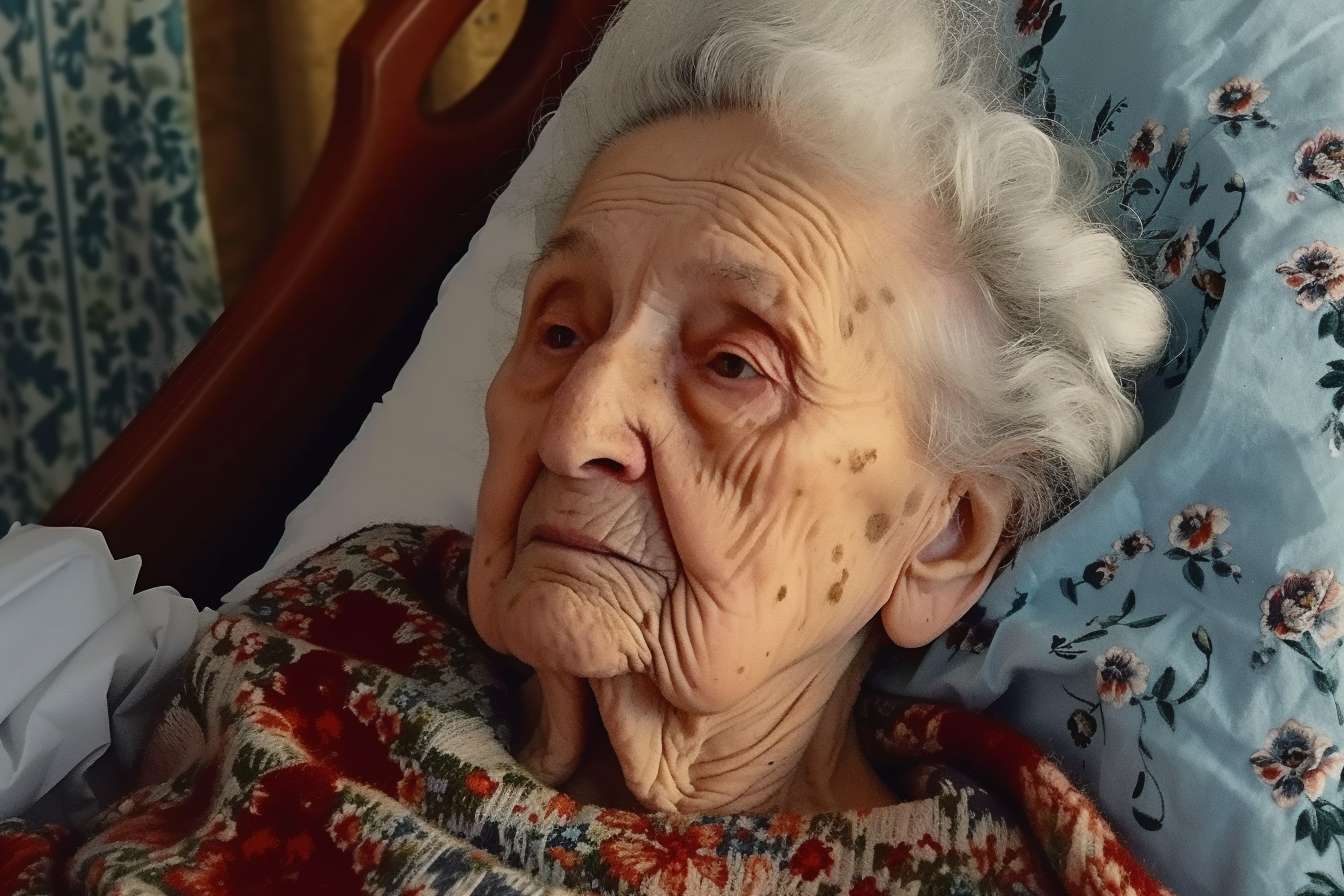Senior Living Guide: Options, Care Levels, and What to Expect
Choosing a senior living path can feel daunting—there’s a lot to weigh, from daily care needs and safety to community life and budget. This guide breaks down the main options, the services you can expect, how to spot quality, and how to find local services in your area. It also clarifies a confusing content term you might see online: “bulk_create_keyword,” which is not a consumer-facing phrase but sometimes appears in auto-generated materials.

Understanding Senior Living Choices
Senior living spans a spectrum of settings designed to match different needs and lifestyles. Independent living communities suit active older adults who prefer maintenance-free living, social activities, and optional services like housekeeping. Assisted living adds help with activities of daily living—bathing, dressing, meals, and medication reminders—while still focusing on autonomy. Memory care is specialized for people living with dementia, offering secure environments and structured routines. Skilled nursing facilities (nursing homes) provide 24/7 medical oversight for complex health needs or post-acute rehabilitation. Some campuses offer multiple levels (often called continuing care or “life plan” communities), enabling residents to move between levels as needs change.
This article is for informational purposes only and should not be considered medical advice. Please consult a qualified healthcare professional for personalized guidance and treatment.
Care Levels and Services Explained
Different communities bundle services differently, but certain offerings are common. Expect a base package covering housing, utilities, meals or dining credits, housekeeping, maintenance, and planned activities. Care levels build on that base with personalized support plans. In assisted living, staff may provide scheduled help with daily routines, wellness checks, and coordination with healthcare providers. Memory care adds structured cognitive engagement, secure designs to prevent wandering, and staff trained in dementia-related behaviors. Skilled nursing adds on-site clinical services such as wound care, IV therapy, or rehabilitation therapies under licensed nursing supervision. When reviewing options, ask how care plans are assessed, updated, and communicated to families.
Daily Life, Amenities, and Community
Quality of life goes beyond care tasks. Look for communities that offer varied dining options, purposeful activities, and opportunities for connection—arts, education, fitness, intergenerational programs, and spiritual support. Thoughtful design also matters: good lighting, clear signage, and accessible outdoor areas can reduce fall risks and improve mood. Transportation to appointments and local services in your area helps maintain independence. For many residents, the “fit” of the community culture—quiet vs. lively, structured vs. flexible—is as important as the building itself. Ask about resident councils, family involvement, and how the team welcomes new residents to smooth the transition.
Safety, Staffing, and Quality Signals
Safety begins with trained, consistent staffing and clear protocols. Ask about caregiver-to-resident coverage across days, evenings, and nights; how the community manages emergencies; and whether staff receive ongoing training in areas like dementia care, medication management, and infection control. Review recent state inspection reports where available, and listen for transparent communication about any citations and corrective actions. Building features such as grab bars, non-slip flooring, and emergency call systems add another layer of protection. Equally important is dignity: observe how staff address residents, respect privacy, and support choices around daily routines and activities. Consistent, respectful care is a strong indicator of quality.
What is “bulk_create_keyword” in content?
If you encounter the term “bulk_create_keyword” while researching senior living, it’s likely not a service or care feature. Rather, it’s an internal or placeholder label used by content teams and marketing platforms to organize or generate search terms in bulk. In other words, it’s a technical tag that sometimes surfaces publicly when drafts or templates aren’t fully polished. Consumers looking for senior living should ignore such placeholders and focus on meaningful terms—“assisted living in your area,” “memory care communities,” or “independent living amenities.” If a website relies heavily on “bulk_create_keyword,” consider cross-checking its information with additional, reputable sources.
Finding Local Services and Touring Tips
Begin with a clear list of needs and preferences: mobility support, medication reminders, proximity to family, budget range, and cultural or language considerations. Use local services directories, area agencies on aging, and healthcare providers’ referrals to build a shortlist. When touring, visit at different times of day to see staffing patterns and mealtimes. Ask about resident-to-staff ratios by shift, how care plans are adjusted, and what happens if needs increase. Review sample activity calendars, menus, and transportation schedules. Request a written breakdown of all fees and what happens if a resident temporarily leaves for a hospital stay. Finally, speak with current residents and families to hear firsthand experiences about care, responsiveness, and community life.
Transition Planning and Family Communication
A successful move involves preparation and honest conversation. Discuss priorities with the future resident, including privacy, daily routines, and social interests. Coordinate with healthcare providers to transfer records and ensure medications are reconciled. Plan the living space with familiar items to ease adjustment. After move-in, schedule check-ins with staff to review how the care plan is working and to address any concerns early. Family involvement—while respecting the resident’s autonomy—can strengthen outcomes and satisfaction. Keep a shared document of key contacts, appointment schedules, and care notes so everyone stays aligned.
Balancing Independence and Support
The best-fit senior living solution preserves as much independence as possible while providing the right safety net. For some, that might be an active independent living apartment with access to local services and social activities; for others, it’s a secure memory care neighborhood or skilled nursing environment. Needs can change, and a community that adapts—through flexible care plans, on-site therapies, or tiered service levels—can reduce future disruptions. Ultimately, clarity about care needs, community culture, and communication practices can guide a confident, informed choice.
Conclusion
Senior living is not one-size-fits-all. Understanding the types of communities, the services they provide, and the signs of quality can help families choose environments that support safety, dignity, and meaningful daily life. Be wary of placeholder jargon like “bulk_create_keyword” and rely on clear, resident-focused information, in-person visits, and professional guidance to make a decision that feels right.






